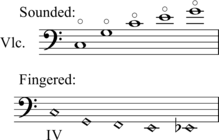Another question. Been meaning to ask this since January ....
FHG wrote
Musicians didn't come up with the Theory and then make the sounds apply to that Theory
Is that true of serialism ?
FHG wrote
Musicians didn't come up with the Theory and then make the sounds apply to that Theory
Is that true of serialism ?




Comment